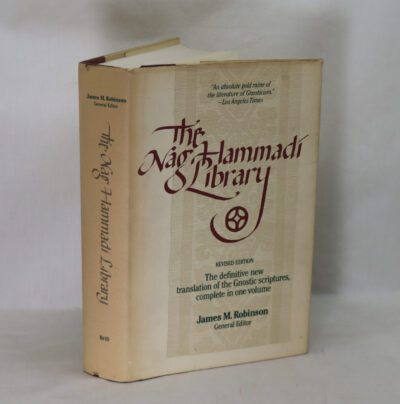The Europe of the Cathedrals. 1140-1280.
By Georges Duby
Printed: 1966
Publisher: Albert Skira. Geneva
| Dimensions | 25 × 31 × 3 cm |
|---|---|
| Language |
Language: English
Size (cminches): 25 x 31 x 3
Condition: Very good (See explanation of ratings)
Your items
Item information
Description
In the original dust cover. Cream board binding with gilt title on the spine and front board.
We provide an in-depth photographic presentation of this item to stimulate your feeling and touch. More traditional book descriptions are immediately available
- Note: This book carries a £5.00 discount to those that subscribe to the F.B.A. mailing list
A good copy: a historical overview: please view our extensive photographs. Translated by Stuart Gilbert. With 71 mounted color plates, additional b/w illustrations on folding leaves. 220pp.
A cathedral is a church that contains the cathedra (Greek for ‘seat’) of a bishop, thus serving as the central church of a diocese, conference, or episcopate. Churches with the function of “cathedral” are usually specific to those Christian denominations with an episcopal hierarchy, such as the Catholic, Eastern Orthodox, Anglican, and some Lutheran churches. Church buildings embodying the functions of a cathedral first appeared in Italy, Gaul, Spain, and North Africa in the 4th century, but cathedrals did not become universal within the Western Catholic Church until the 12th century, by which time they had developed architectural forms, institutional structures, and legal identities distinct from parish churches, monastic churches, and episcopal residences. The cathedral is more important in the hierarchy than the church because it is from the cathedral that the bishop governs the area under his or her administrative authority.
Following the Protestant Reformation, the Christian church in several parts of Western Europe, such as Scotland, the Netherlands, certain Swiss Cantons and parts of Germany, adopted a presbyterian polity that did away with bishops altogether. Where ancient cathedral buildings in these lands are still in use for congregational worship, they generally retain the title and dignity of “cathedral”, maintaining and developing distinct cathedral functions, but void of hierarchical supremacy. From the 16th century onwards, but especially since the 19th century, churches originating in Western Europe have undertaken vigorous programmes of missionary activity, leading to the founding of large numbers of new dioceses with associated cathedral establishments of varying forms in Asia, Africa, Australasia, Oceania and the Americas. In addition, both the Catholic Church and Orthodox churches have formed new dioceses within formerly Protestant lands for converts and migrant co-religionists. Consequently, it is not uncommon to find Christians in a single city being served by three or more cathedrals of differing denominations.
Want to know more about this item?

Share this Page with a friend















